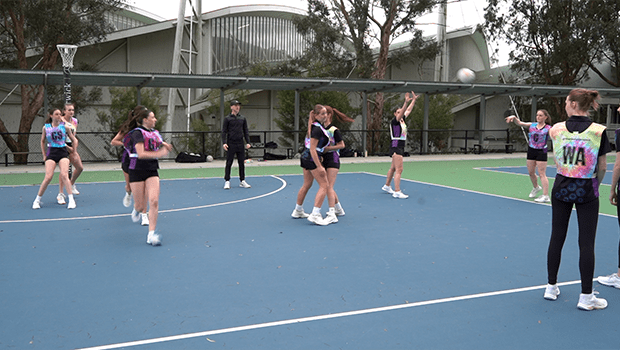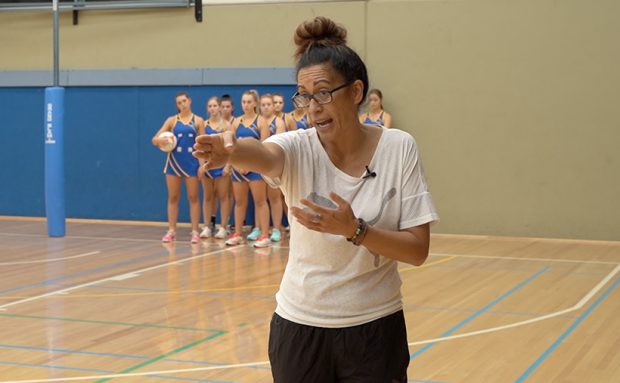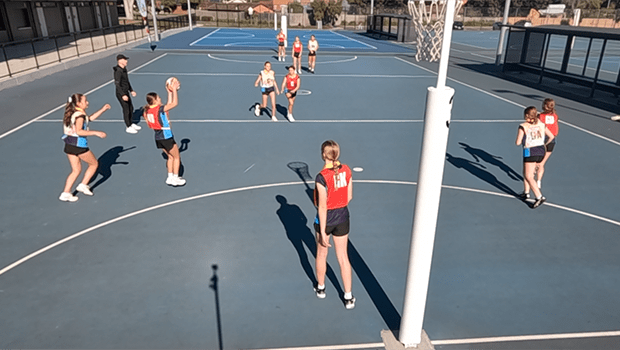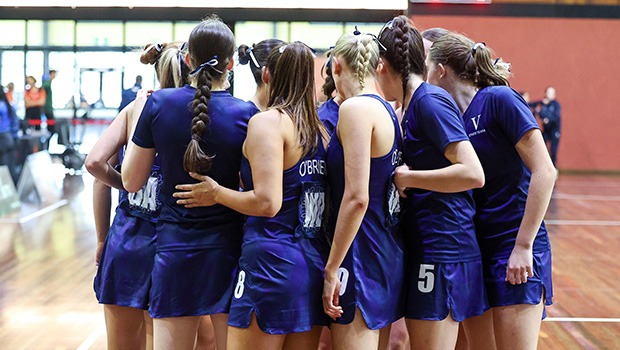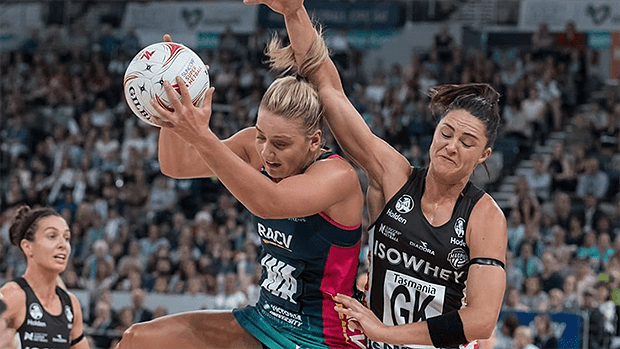
– by Heath Brown
In my last article, I analysed the Diamonds’ gold medal match and posed some questions for all coaches to consider when it comes to swinging changes throughout a game.
The article created plenty of chat, as everyone weighed in on the arguments for and against changes. Some perceived it as having a red hot crack at the Diamonds coaching fraternity, which couldn’t be further from the truth.
The purpose of the piece was to create learning experiences for coaches, using a game most of us had watched. It wasn’t to say who was right or wrong, just to surface different ways coaching decisions could be made so we can all develop our philosophies and decision-making as coaches.
I’m a big believer in vicarious learning as coaches – watching on and seeing how the best coaches run their teams, not with the intent to heckle them or bring them down, but to open up discussion about our game.
400+ VIDEOS: SIGN UP NOW TO ACCESS OUR HUGE LIBRARY OF DRILLS!
In the corporate world they call it 360-degree feedback: allowing everyone to have an opinion at the table and embracing the sharing of this, rather than being on the defensive.
I don’t think the big lessons as coaches come from text books or courses. They come from the real world of netball games and trainings.
With this in mind, let’s analyse Suncorp Super Netball Round 1 and use it as a simulation to again become passenger seat coaches.
The topic to break down? Opposition analysis of the Melbourne Vixens.
If you were tasked with briefing in a coach on their opposing team’s strengths and weaknesses, where would you be telling them to focus? To do this, we will explore each franchise and their early round form, then poke away at their pressure points (where we think they could be exposed), while highlighting their strong passages (to consider where they’re doing the most damage and how to stop it).
Keeping them away from their strengths
The game plan to trip up the vixens seems simple, but I think it is the hardest job in netball because they execute so well and with so much belief and unity in their structures.
I think the big job and main focus has to be to slow them down – from stoppages, from turnovers and from centre passes. They do their damage via runs where the opposition is left in ‘chase mode’. They fearlessly let the ball go. They run through tags. The physicality doesn’t bother them. They burn teams with these runs and they are electric to watch when in full flight. In my view they play the prettiest netball of any team in the world.
This is what teams need to keep them away from. How? Do you set up zones, presses, offline defence? Do you sag and squeeze through the court to deny them the depth they crave?
The answer is all of the above. Unfortunately you are never going to win a Vixens battle by wearing them down in a grinding one-on-one style. Most of these girls grew up playing with and against each other, so even if you have one change up to a press/zone, they will adapt quickly and push that aside.
To disrupt their flow could you look at small blocks of change-ups: five minutes of setting up a wall, three minutes of sagging and squeezing, and throw in a couple of defensive zones, boxes or diamonds. You might be tagging a key position player with one defender while the others play another defensive structure as a change up. The defensive mix-up is key!
Poking their weaknesses
The Magpies seemed to hold the Vixens up most when they were forced to play through their defensive duo in attack. There were many ‘almost’ held balls when they kept them high in first or second phase off the centre pass.
Shutting down short options and getting them to look long should provide turnover opportunities. There was a tendency for Vixens players to overcrowd a space when short options weren’t available, given most of their players are on the move and presenting options. Flooding the hot spots where they like to move the ball can create this crowding: the top of circle, crossing the transverse line etc.
Other things to spot
– Defensively they play the good old Aussie tag and get a lot of their ball from forcing errors or turnovers in the contest. They are so ‘first-ball focused’ that a well sold baulk and sweetly timed dodge could leave them exposed.
– Discipline over the shot is key. Mwai Kumwenda shoots with a grounded step-in, and Tegan Philip has a very methodical, low-release shot. Both draw penalties well but could they be exposed by long three-feet marks that stay in play?
– Mwai has a tendency to protect herself with her “wings”. She was lucky to get away with only one offensive contact in Round 1, but playing on her hips rather than just behind or in front will likely produce an elbow on extension in the hold.
Share your thoughts
So that’s my spin on how I would plan for a bout with the Vixens. Where would you focus? Throw your coaching hat on and share your ideas – it all makes for good practise in sizing up your own local league opponents.
Stayed tuned for our next franchise analysis article!
– Heath Brown is a former Australian men’s team captain and elite coach in both the Victorian and New South Wales state leagues
